Hello everyone, Dividend Enjoyer here, and today I’m doing a deep dive into Hershey stock (ticker symbol HSY). This video idea came from a comment on my last analysis of VICI Properties finally going positive. Joey25675 asked: “Can you make a video on value stocks near their 52-week low and tell us why you would or wouldn’t invest?” I chose Hershey because it’s down a startling 9% over the past year, despite being the undisputed leader in chocolate sales.
Why Hershey Fell Hard Despite Brand Power
Hershey is iconic. When you think chocolate in the U.S., you think Hershey’s. Yet the stock is down 9.18% over the last 12 months, and the current market cap sits at $34.66 billion. The culprit? Cocoa prices.
- Cocoa costs have surged to multi-year highs.
- Higher raw-material prices force Hershey to raise shelf prices.
- Chocolate is a discretionary purchase, so consumers pull back or substitute to cheaper options.
This demand drop is classic microeconomics: when input costs rise, producers pass them to consumers—and discretionary goods suffer first.
Stock Performance & Analyst Consensus
Let’s break down what the Street thinks:
- Stock slide: down 9.18% in one year
- Market cap: $34.66 billion
- Analyst ratings: 17 of 26 rate it a Hold
- Price targets: range from $120 to $211
- Average price target: $161.49 (below the current share price of $171.13)
Most analysts see cocoa prices staying elevated, which constrains profit margins and slows growth. A Hold rating reflects that uncertainty.
Brand Strength and Dividend Reliability
Even with commodity headwinds, Hershey boasts some undeniable advantages:
- Market leader in U.S. and growing in select international markets
- Strong customer recognition and brand loyalty
- Generous, consistent dividend yields (appealing to income investors)
Brand equity allows Hershey to maintain pricing power, but substitutes abound. Grocery-store private labels like Kirkland Signature and Walmart’s Great Value are gaining traction and can undercut Hershey’s pricing. That competitive landscape is a key risk.
Investment Strategy: Patience, Dollar-Cost Averaging, Long Term
Given the current headwinds, my recommended approach for HSY is:
- Deploy new capital with dollar-cost averaging
- Plan to hold for the long haul (5–10 years)
- Treat cocoa price stabilization as the main catalyst
If cocoa costs normalize, Hershey’s wide moat and reliable cash flows could reward disciplined investors. But patience is essential.
Comparing Hershey with Coke and Pepsi
Hershey resembles beverage giants Coca-Cola and PepsiCo in terms of stability and brand power, yet there’s a key difference:
- Coke vs. RC Cola: consumers pay a premium and show strong brand loyalty
- Hershey vs. other chocolate bars: loyalty exists but is less pronounced
Coca-Cola has fewer substitutes, and switching costs are higher. In chocolate, dozens of competitors and private labels dilute Hershey’s dominance, limiting its pricing power and long-term growth.
Deep Dive: WACC and Balance Sheet Health
I calculated Hershey’s Weighted Average Cost of Capital (WACC) at 5.06%. Here’s the breakdown:
| Component |
Rate |
| After-tax cost of debt |
2.87% |
| Cost of equity |
5.47% |
| Debt weight |
13.58% |
A low debt ratio (13.58%) is impressive for such a mature, stable company. It reassures investors: Hershey isn’t overleveraged and can navigate through commodity swings without financial distress. A lower WACC also means Hershey doesn’t need to generate outsized returns just to cover capital costs.
Modeling Future Cash Flows
On average, Hershey’s revenue has grown 7.88% annually. Yet from 2023 to 2024, revenue growth was only 3.3%, highlighting near-term pressures.
For my DCF model, I assumed:
- Free cash flow growth: 3% per year (a conservative, steady-state assumption)
- Upside potential: 90.8% under this scenario
Even if you buy HSY at today’s prices, a 90.8% upside implies significant potential—if cocoa prices remain manageable.
However, if commodity costs stay high or free cash flow actually shrinks, upside evaporates. Modeling a -5% annual FCF decline yields just a 5.72% upside, suggesting the stock could be fully valued or slightly overvalued at current levels.
Cocoa Price Scenarios and Fair Value Range
Let’s look at two cocoa-price outcomes:
Cocoa normalizes
- Free cash flow growth of 4–7%
- Fair valuation approaches $200 per share
Cocoa remains elevated
- Free cash flow contraction or minimal growth
- Limited upside (single-digit returns)
My base case values HSY near $200, but only under the assumption that cocoa prices stabilize. Paying a premium beyond that seems unwarranted given stiff competition and a mature market.
Potential Value Trap or Reliable Dividend Income?
Here’s the crux: Hershey offers a reliable dividend and a fortress balance sheet. If you seek income stability, HSY looks attractive. But growth beyond modest levels is hard to find. You’re essentially betting on commodity prices.
Pros
- Iconic brand
- Strong dividend yield
- Low leverage and healthy margins
Cons
- Commodity-driven profit swings
- Fierce competition from private labels
- Limited long-term growth tailwinds
If you believe cocoa prices will correct, Hershey could deliver market-beating returns. If not, you’re locked into a defensive, income-oriented stock with limited upside—a classic “value trap.”
Final Verdict
I’m personally on the fence. Would I buy HSY today? Probably not at full weight. Instead, I’d:
- Wait for a pullback below $160
- Or ease in with small, regular purchases via dollar-cost averaging
- Focus on longer-term holds (5+ years) to ride out cocoa volatility
Hershey remains a solid company, but it lacks the explosive growth catalysts found in other sectors. For dividend hunters willing to embrace commodity risk, HSY is worth considering. For growth-oriented investors, other defensive names might offer better risk-reward.
What do you think? Is Hershey a buy, hold, or sell at current levels? Drop a comment—I’m eager to hear your take and discuss further.
https://youtu.be/aOhaWgTN3Uw?si=FHeiosR4gNCvEwpc
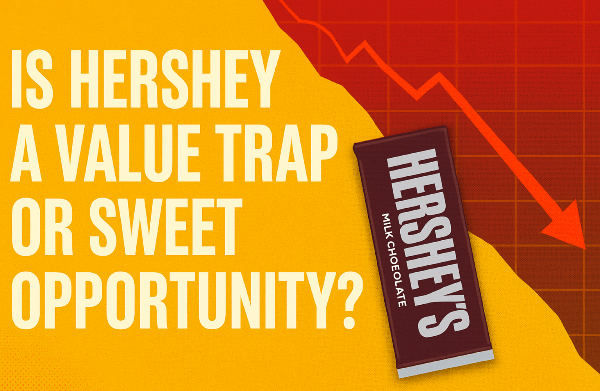

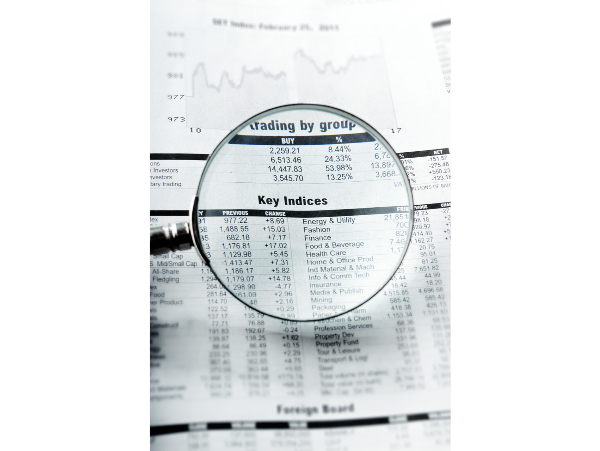
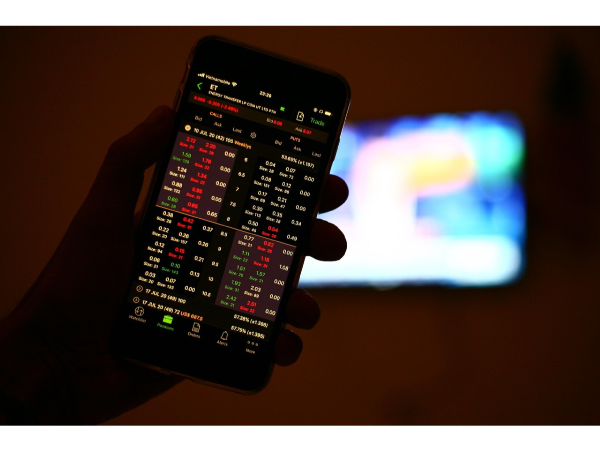


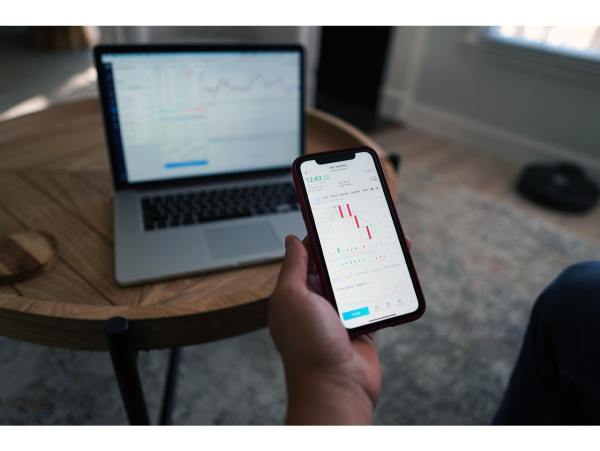



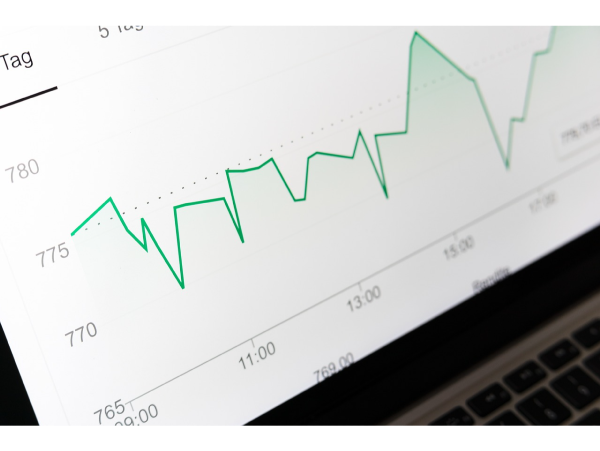

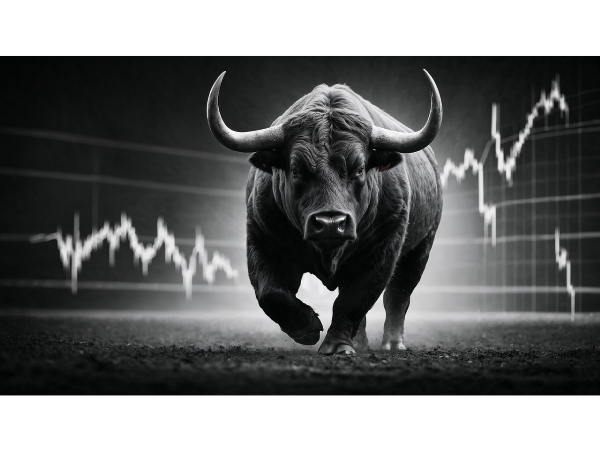
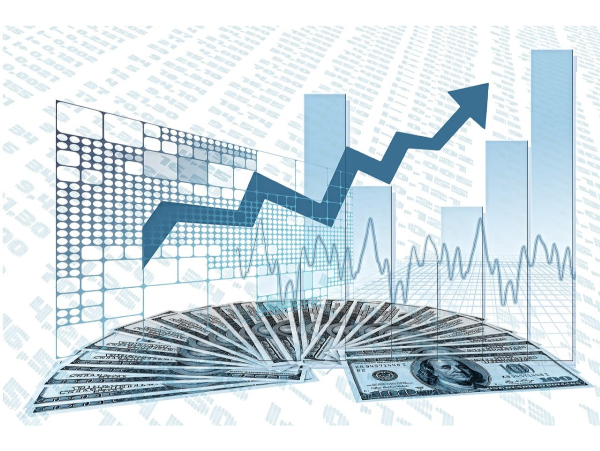

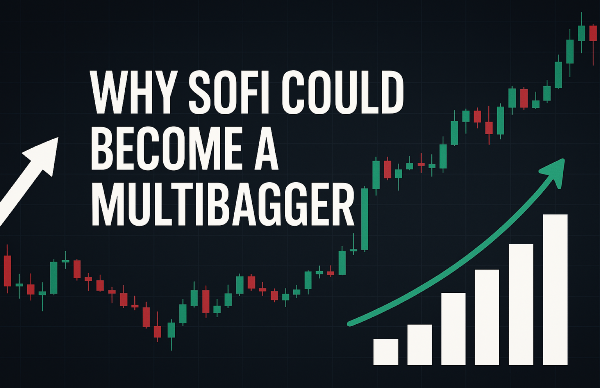
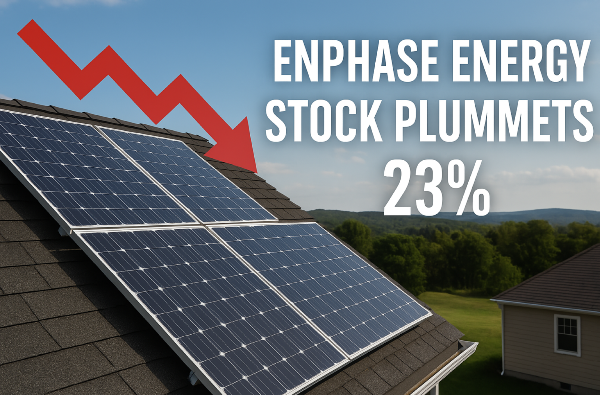
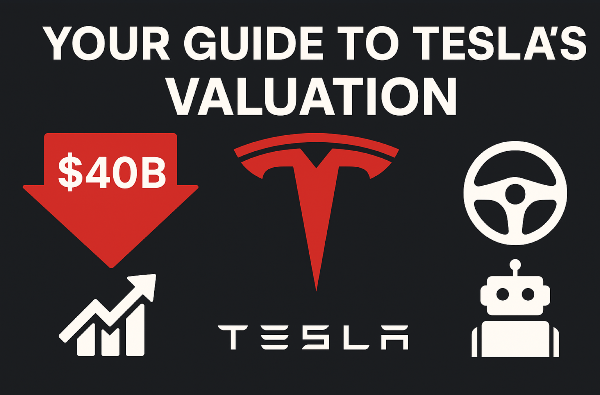

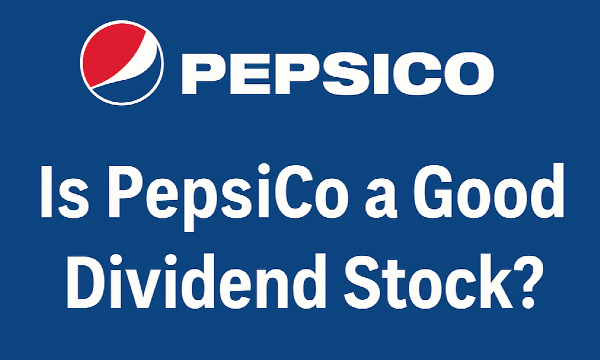
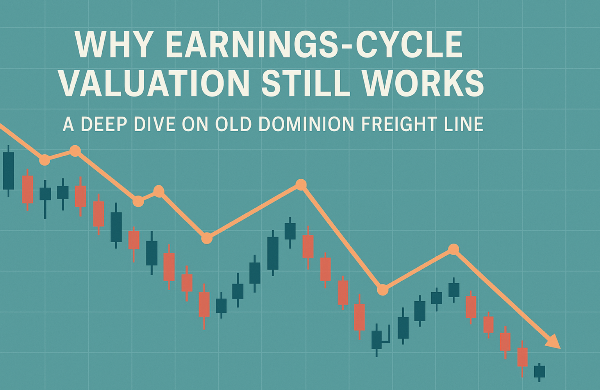
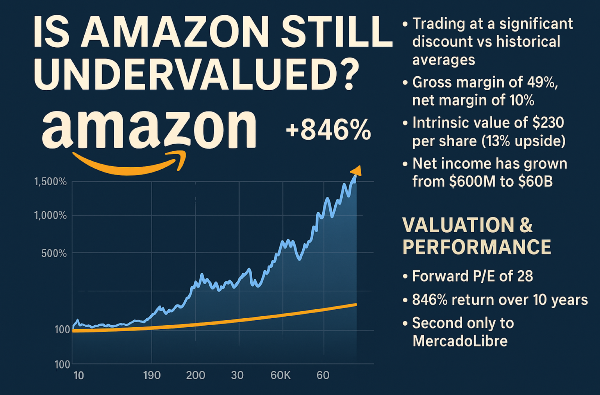








Hello everyone, Dividend Enjoyer here, and today I’m doing a deep dive into Hershey stock (ticker symbol HSY). This video idea came from a comment on my last analysis of VICI Properties finally going positive. Joey25675 asked: “Can you make a video on value stocks near their 52-week low and tell us why you would or wouldn’t invest?” I chose Hershey because it’s down a startling 9% over the past year, despite being the undisputed leader in chocolate sales.
Why Hershey Fell Hard Despite Brand Power
Hershey is iconic. When you think chocolate in the U.S., you think Hershey’s. Yet the stock is down 9.18% over the last 12 months, and the current market cap sits at $34.66 billion. The culprit? Cocoa prices.
This demand drop is classic microeconomics: when input costs rise, producers pass them to consumers—and discretionary goods suffer first.
Stock Performance & Analyst Consensus
Let’s break down what the Street thinks:
Most analysts see cocoa prices staying elevated, which constrains profit margins and slows growth. A Hold rating reflects that uncertainty.
Brand Strength and Dividend Reliability
Even with commodity headwinds, Hershey boasts some undeniable advantages:
Brand equity allows Hershey to maintain pricing power, but substitutes abound. Grocery-store private labels like Kirkland Signature and Walmart’s Great Value are gaining traction and can undercut Hershey’s pricing. That competitive landscape is a key risk.
Investment Strategy: Patience, Dollar-Cost Averaging, Long Term
Given the current headwinds, my recommended approach for HSY is:
If cocoa costs normalize, Hershey’s wide moat and reliable cash flows could reward disciplined investors. But patience is essential.
Comparing Hershey with Coke and Pepsi
Hershey resembles beverage giants Coca-Cola and PepsiCo in terms of stability and brand power, yet there’s a key difference:
Coca-Cola has fewer substitutes, and switching costs are higher. In chocolate, dozens of competitors and private labels dilute Hershey’s dominance, limiting its pricing power and long-term growth.
Deep Dive: WACC and Balance Sheet Health
I calculated Hershey’s Weighted Average Cost of Capital (WACC) at 5.06%. Here’s the breakdown:
A low debt ratio (13.58%) is impressive for such a mature, stable company. It reassures investors: Hershey isn’t overleveraged and can navigate through commodity swings without financial distress. A lower WACC also means Hershey doesn’t need to generate outsized returns just to cover capital costs.
Modeling Future Cash Flows
On average, Hershey’s revenue has grown 7.88% annually. Yet from 2023 to 2024, revenue growth was only 3.3%, highlighting near-term pressures.
For my DCF model, I assumed:
Even if you buy HSY at today’s prices, a 90.8% upside implies significant potential—if cocoa prices remain manageable.
However, if commodity costs stay high or free cash flow actually shrinks, upside evaporates. Modeling a -5% annual FCF decline yields just a 5.72% upside, suggesting the stock could be fully valued or slightly overvalued at current levels.
Cocoa Price Scenarios and Fair Value Range
Let’s look at two cocoa-price outcomes:
Cocoa normalizes
Cocoa remains elevated
My base case values HSY near $200, but only under the assumption that cocoa prices stabilize. Paying a premium beyond that seems unwarranted given stiff competition and a mature market.
Potential Value Trap or Reliable Dividend Income?
Here’s the crux: Hershey offers a reliable dividend and a fortress balance sheet. If you seek income stability, HSY looks attractive. But growth beyond modest levels is hard to find. You’re essentially betting on commodity prices.
Pros
Cons
If you believe cocoa prices will correct, Hershey could deliver market-beating returns. If not, you’re locked into a defensive, income-oriented stock with limited upside—a classic “value trap.”
Final Verdict
I’m personally on the fence. Would I buy HSY today? Probably not at full weight. Instead, I’d:
Hershey remains a solid company, but it lacks the explosive growth catalysts found in other sectors. For dividend hunters willing to embrace commodity risk, HSY is worth considering. For growth-oriented investors, other defensive names might offer better risk-reward.
What do you think? Is Hershey a buy, hold, or sell at current levels? Drop a comment—I’m eager to hear your take and discuss further.
https://youtu.be/aOhaWgTN3Uw?si=FHeiosR4gNCvEwpc